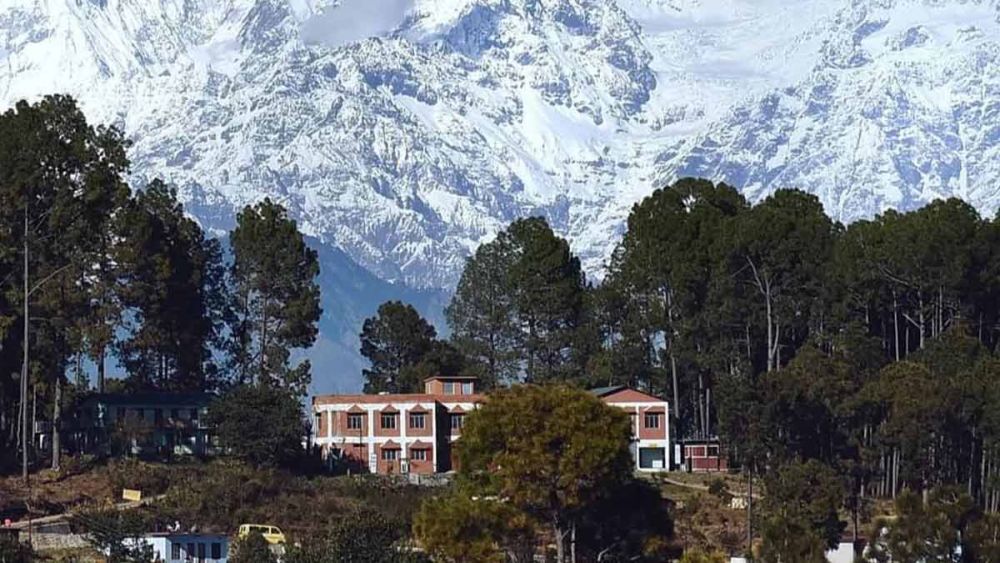

Berinag is a quaint hill station located in the Pithoragarh district of Uttarakhand, India. Known for its panoramic Himalayan views, lush tea gardens, and mythological significance, Berinag has been a hidden gem in the heart of the Kumaon range. The name 'Berinag' is derived from the words 'Beru Nag', referring to the venomous snake deity, which reflects in the numerous snake temples scattered around the region.
The origins of tourism in Berinag can be traced back to the British colonial era when it served as a summer retreat for British officials seeking respite from the heat of the Indian plains. They introduced tea plantations, which remain a significant attraction to this day. The region was less frequented by tourists as it lay off the beaten path, making it a perfect getaway for those in search of peace and solitude.
Over the years, Berinag began to gain popularity among domestic tourists, especially those from nearby states, who were enchanted by its pristine beauty and mystical allure. The construction of better road connectivity and facilities has led to a gradual increase in visitor numbers, although the area remains relatively unspoiled by mass tourism.
The town has a deep religious and cultural significance to the locals. The Nag Devta temples are considered sacred and are a testament to the deeply ingrained snake worship among the hill communities of Uttarakhand. Festivals and fairs based around agricultural and religious activities also play a vital role in the community’s life, drawing in visitors interested in experiencing local customs and traditions.
Berinag is also known for its rich biodiversity. Nature lovers and bird watchers can explore nearby places like Dharamghar and Chaukori to spot a variety of Himalayan birds and flora. The town acts as a serene starting point for treks and excursions into the deeper valleys and higher peaks of Uttarakhand.
In recent years, ecotourism has become a significant part of Berinag’s tourism trend. Travelers seek sustainable and environmentally friendly options which include staying in eco-lodges, participating in organic farming, and understanding the local ecosystem's conservation.
Homestays have also gained popularity, providing a more immersive cultural experience. Staying with local families affords tourists a glimpse into the Kumaoni way of life, with home-cooked meals and traditional storytelling sessions.
Adventure tourism is another trend catching on, with more tourists heading to Berinag for hiking, rock climbing, and paragliding. The demand for these activities is increasing, with visitors looking to combine the serenity of the hills with a taste of adventure.
When planning your visit, it is advisable to check the weather conditions and road accessibility, especially during the monsoons when the region experiences heavy rainfall. The best time to visit Berinag is from March to June and from September to November when the weather is most pleasant.
To witness Berinag's charm and to be a part of its still-growing tourism legacy, it is essential to travel responsibly and respect the local environment and culture. As a destination with immense potential and an embracing community, Berinag welcomes all who seek to find tranquility amid the grandeur of the Himalayas.